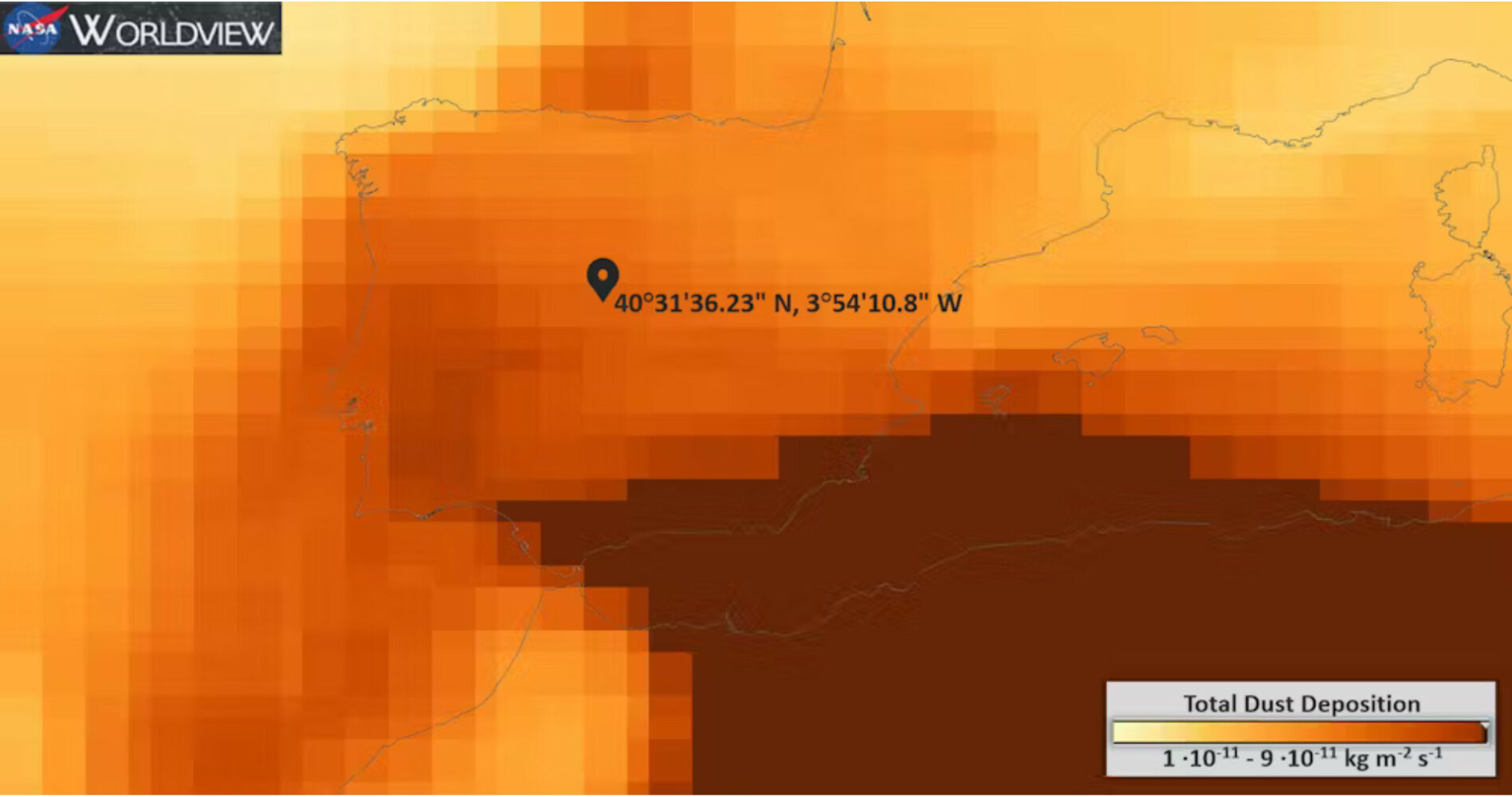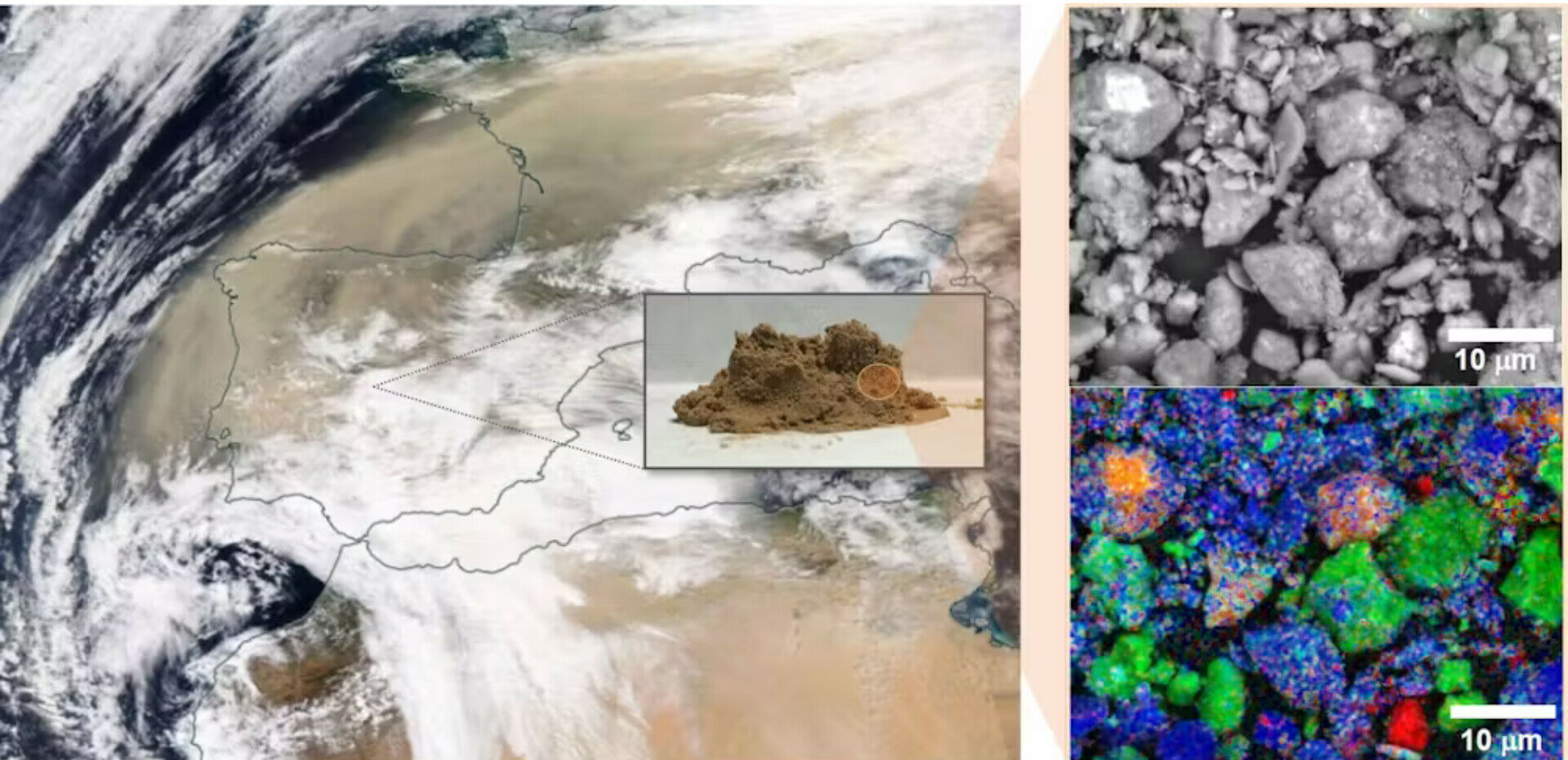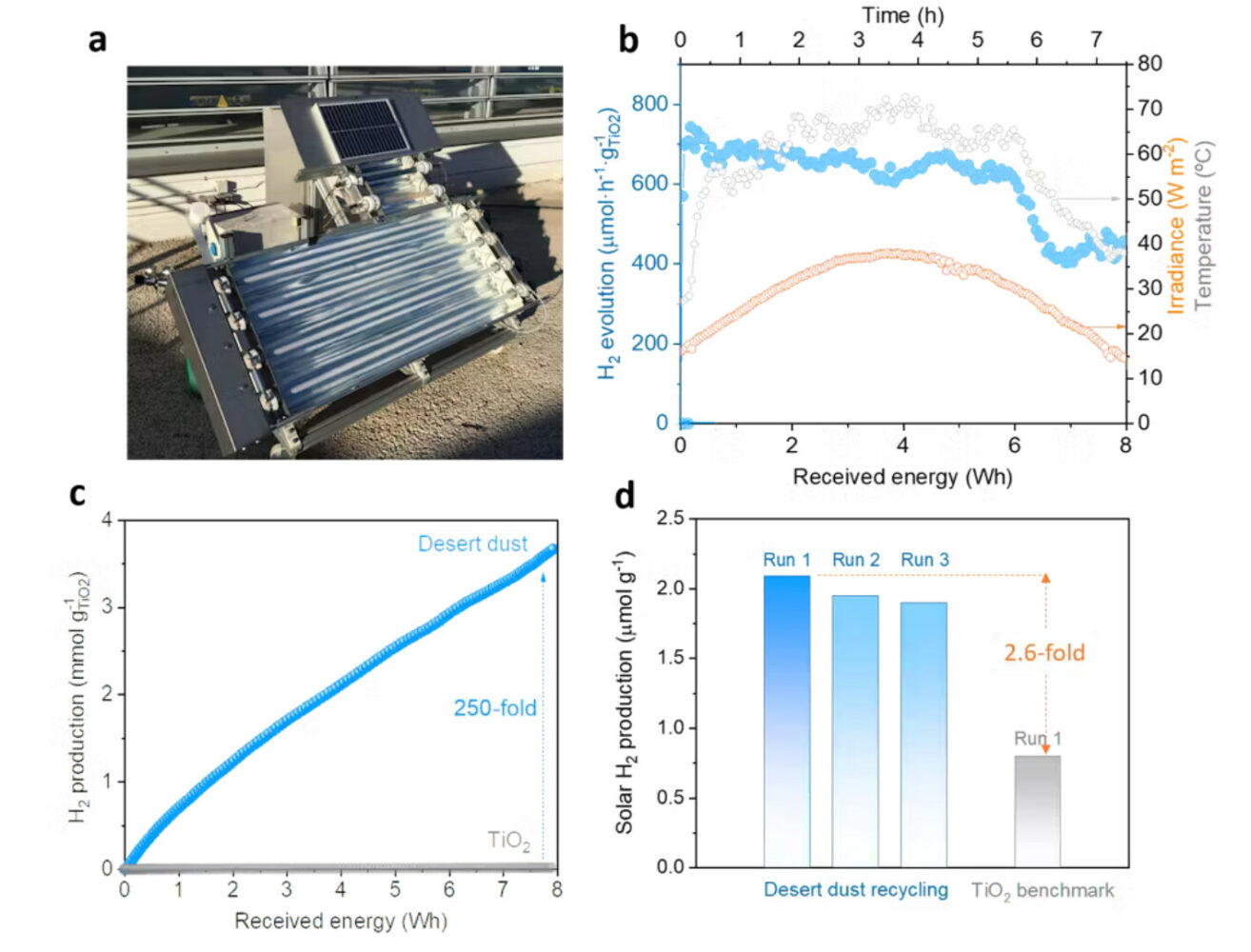The Hidden Chemical Treasure in Saharan Dust
We often see it as nothing more than a nuisance: it coats cars, tints the skies ochre, and leaves a reddish film over cities during dust storm episodes. However, desert dust – that unexpected visitor carried by the wind from distant lands – may be telling us a very different story, if we look at it closely.
Under the microscope, this dust reveals a composition rich in minerals, some with surprising properties. What if what we consider an atmospheric waste were, in fact, a natural resource with the potential to generate clean energy?
More than just dirt in the air
Every year, particularly in summer, billions of tonnes of dust are lifted from the planet’s arid regions, forming giant air masses laden with suspended particles. These clouds, known as Saharan dust storms or calima, can travel thousands of kilometres, reaching areas as far-flung as northern Europe, the Middle East, or even the Amazon rainforest.
Far from being a rare phenomenon, desert dust has real and far-reaching effects: it can fertilise soils, influence cloud formation, alter rainfall patterns and even affect hurricane development. It also has a direct impact on human health, as the fine particles it carries can penetrate deep into the respiratory system, increasing the risk of cardiovascular and respiratory diseases.
But beyond these well-known effects lies something less obvious. This dust is composed of minerals capable of absorbing sunlight and triggering chemical reactions – in other words, it can act as a natural photocatalytic material.

Representation of total dust deposition in Las Rozas (Madrid) on 15 March 2022, during the Celia storm. Data from NASA’s Global Modeling and Assimilation Office (GMAO), CC BY-SA.
A mineral cocktail with hidden properties
In a recent study, we analysed samples of dust collected after the Celia dust storm, which affected much of Spain in March 2022. We found that this dust, originating from the Sahara Desert, consists largely of common minerals such as quartz, calcite, potassium feldspar and dolomite.
These particles – so fine and light that the wind easily lifts them – are responsible for the spectacular reddish clouds that cross the sky during calima events. But the most interesting part isn’t what’s abundant, but what appears in trace amounts.
Roughly 1% of the sample contained rutile (a crystalline form of titanium dioxide, TiO₂) and iron-rich minerals such as haematite. These compounds have photoactive properties, meaning they can absorb sunlight and become chemically active. In other words, desert dust naturally contains the same ingredients we use in the lab to produce photocatalysts for hydrogen generation.

(a) Image from the Aqua satellite (NASA) and a photograph of a dust sample. (b) Microscope image and (c) chemical analysis showing titanium (red), iron (orange), calcium/magnesium (green), and silicon (blue).
Laura Collado, CC BY-SA
Comparison with a commercial photocatalyst
To test whether this potential translated into real results, we used the dust as a photocatalyst in an experimental solar reactor. When exposed to sunlight in the presence of water vapour and ethanol, the material was able to generate hydrogen. Moreover, this hydrogen production was 250 times greater than that achieved using commercial titanium dioxide, when comparing the amount of titanium present in both samples.
We also conducted reuse and stability tests, confirming that the dust maintained its activity over several consecutive cycles. The results demonstrated that its photocatalytic properties remained stable, making this material a promising candidate for future research – especially in the context of solar technologies based on natural, abundant materials.

Solar hydrogen production using Saharan dust as a photocatalyst. (a) Pilot-scale solar gas-phase photoreactor equipped with collectors. (b) Hydrogen production from a water-ethanol mixture as a function of solar energy received. (c) Comparison of cumulative solar hydrogen production between the dust and commercial titanium dioxide used as a reference. (d) Reuse experiments with washed Saharan dust (tests over 3 days) compared to a non-reused TiO₂ sample. Laura Collado, CC BY-SA
From waste to resource
Our study proposes a new way of looking at desert dust – not just as an inconvenient phenomenon or atmospheric residue, but as a material with hidden value. Inspired by nature, this work presents a sustainable strategy aligned with the principles of the circular economy: making use of what we already have, without the need for major transformations or costly industrial processes.
In a global context shaped by climate change, resource scarcity and the expansion of arid zones, rethinking how we manage abundant, low-value materials such as airborne dust has never been more relevant.
Beyond its immediate application, this research opens new avenues for the development of solar technologies that embrace simplicity, natural materials, and local resources. And it reminds us that, sometimes, the most promising solutions might quite literally be floating in the air.



